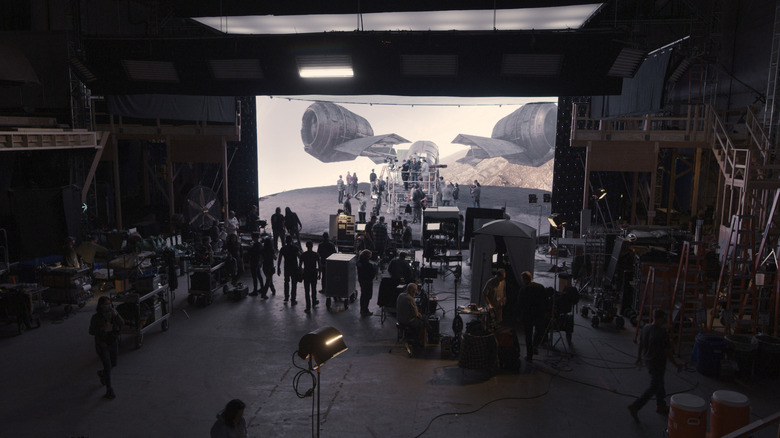Reference




Moonshot's Answer
Industrial Light and Magic (ILM) surpassed Cinema Research Corporation (CRC) in the 1980s due to several key factors. ILM was founded by George Lucas specifically to create the groundbreaking special effects needed for "Star Wars" in 1975, which led to a focus on innovation and cutting-edge technology [1]. Throughout the 1980s, ILM received recognition for its visual effects work, earning 10 Visual Effects Academy Awards during that decade [3]. ILM's work was not only technically advanced but also had a significant cultural impact, helping to redefine what was possible in film visuals [4].
CRC, on the other hand, was the special effects industry leader for decades until ILM surpassed them in the late 1980s [1]. CRC began to struggle in the 1990s, which indicates a decline in their ability to compete with ILM's innovative approaches and techniques [1]. ILM's success can be attributed to its creation by George Lucas for the specific purpose of pushing the boundaries of special effects in film, its receipt of numerous awards recognizing the quality of its work, and its role in shaping the visual language of modern cinema [1][3][4].
Images showcasing ILM's impact include their logo, which has become synonymous with high-quality visual effects, and images from some of the iconic films they have worked on, such as "Star Wars" and "Jurassic Park" [7][8][9]. These images help to illustrate the company's role in transforming the film industry and surpassing competitors like CRC.
Sources: [1] - Cinema Research Corporation - Wikipedia [3] - 11.2 Industrial Light and Magic (ILM) [4] - This Visual Effects Studio Transformed Movies Forever | Smithsonian